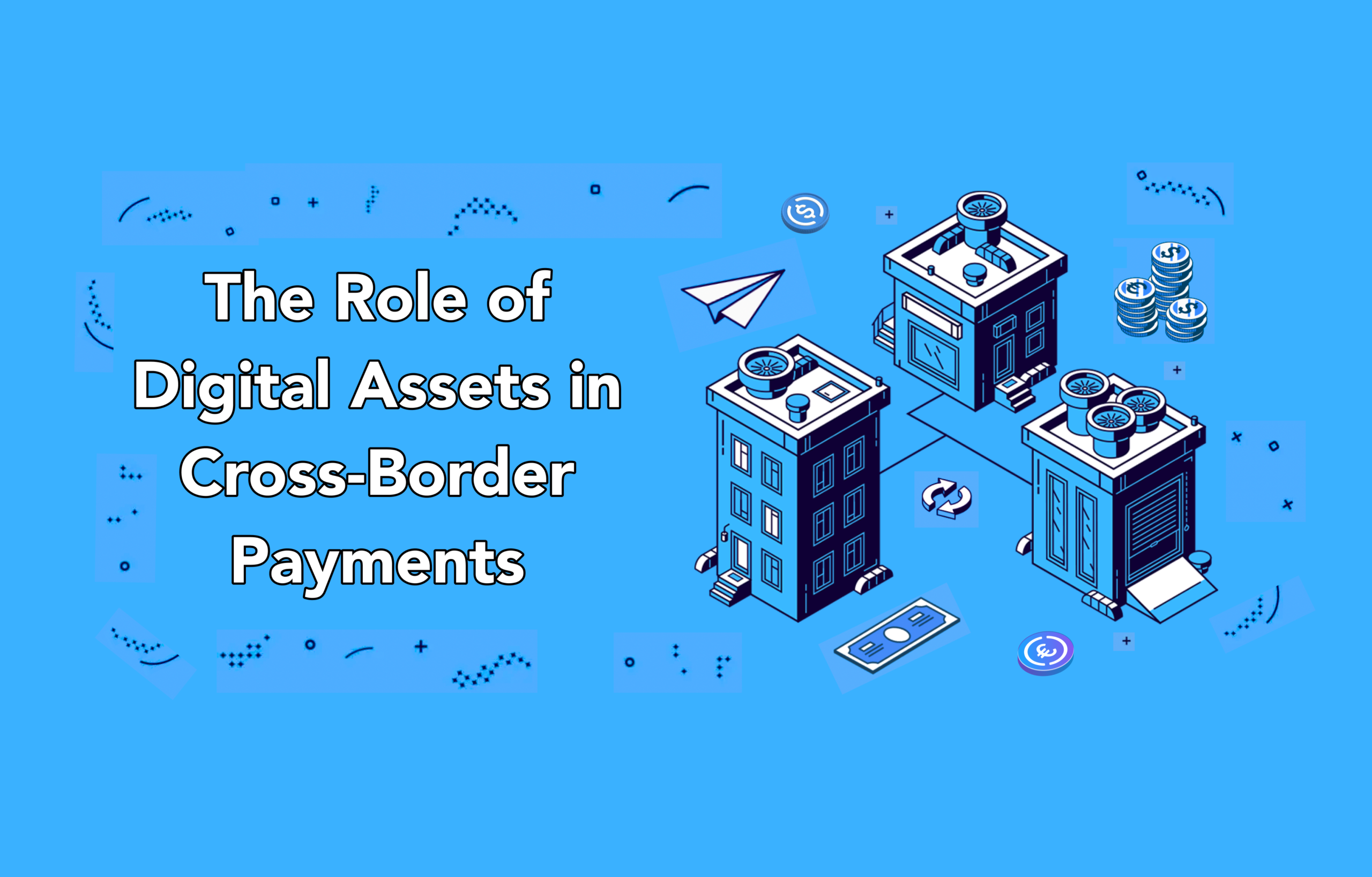When dealing with a company on the other side of the world, you want to be able to effectively process and handle payments. However, with different currencies facing different levels of stability, this can sometimes be more than challenging and cause heavy loads in companies treasury operations.
Especially in money transfers between countries with long time zone differences, such as UK and Japan, at least one value date is added to the original payment order value date. ‘Value date’ is the date when the value of an asset fluctuating in price is determined. It is used when there is a possibility for divergence due to differences in the timing of asset valuation, hence potentially having a negative effect on company treasury.
In addition, the cut-off times of nostro agents and final beneficiaries (local banks) taking part in cross-border payments may differ, causing the payout to happen during the transfer but remain not credited due to internal cut-off times of local banks, the final beneficiaries. In other words, the amount is instantly debited in the sender’s account, but it can only be credited to the receiver’s account the next business day.
On the other hand, the liquidity problem in the traditional banking system keeps hindering real time money transfers. Before the 2008 financial crisis in the US, correspondent banks had intraday limits and could make fast money transfers. However, after the process following Lehman Brothers’ bankruptcy, the liquidity problem became more visible. Correspondent banks now had to keep instant available balances in their treasury, making the process costlier for them.
The Complex Nature of Cross-Border Payments
In its work program for 2021 and 2022, the Committee on Payments and Market Infrastructures (CPMI) highlighted that one of its primary goals is to shape the future of global payments. The Committee focused extensively on cross-border payments as well - a space which, according to a report from the Bank of England, is expected to be worth a staggering $250 trillion by 2027.
The truth is that cross-border payments need to be better managed - especially for small and medium enterprises (SMEs), which feel the constraints of high fees and increased cross-border transaction latency.
In 2020, McKinsey reported that cross-border payments were a huge source of revenue for banks. Income from handling these payments made up 39% of revenues for banks in 2020. They were able to make so much primarily because they don’t just charge FX margins and the exchange rates - they also inflate prices.
To make things worse, the entrance of more banks into this entire process, the more payments companies will have to make to every member of the payment chain.
Managing FX Can Be an Issue on Its Own
Another huge problem for companies has been the difficulty in maintaining proper FX rates. Countries are facing different economic realities, and this means that you will have to face these economic realities when you do business with companies that are in these countries.
Take Russia, for example. The country’s invasion of Ukraine has left its Ruble currency in ruins. More countries are cutting ties with Russia, and the country has now become a pariah in the global economic system. If you’re still dealing with partners in Russia and would need to conduct transactions in the Ruble, the entire process will be much more difficult right now.
Managing FX is certainly an issue on its own. To mitigate FX exposure, cross-border payment companies usually use the traditional FX and treasury risk management strategies:
- Constant FX position monitoring: Keeping a constant eye on FX positions in the treasury and the market conditions to avoid liquidations. This doesn’t only require big investments in various monitoring tools but also crowded teams to monitor the market and manually intervene when necessary.
- Back-to-back trades: Mirroring all customer transactions in the market in a second transaction in a timely manner to get an accurate view of the market. Here, speed and accuracy play significant roles.
- Netting customer transactions: Covering part of bought amount with the money collected from other customers. Banks and well-known financial institutions tend to net global payments in different directions to avoid settlement risk against their counterparties. The net settlement technique allows them to keep less adequate instant cash balances in their treasuries.
- Weekend operations: Forecasting and pre-buying foreign currencies for the nighttime and weekends, and locking the FX rates for customers during this time. International and local banks’ increasing cooperation and partnerships with crypto exchange platforms, which are rapidly growing over the last few years, forces them to overview their traditional payment methods and seek more effective and cooperative ways to work with such platforms and MSBs.
- FX swaps: Estimating the risk and volatility of FX pairs and trading currencies based on the analysis. In an FX swap, two parties exchange two currencies and commit to reverse the exchange at a predetermined future date and price. A forward trade is a closely related instrument, defined as a contract to exchange a pair of currencies at a pre-agreed price on a future date.
All these traditional FX and treasury risk management strategies require a quite heavy operational load. To manage such risks, companies have to make huge investments in their treasury operations and workforce. It is the main reason why some ‘technology’ companies in the payments industry employ hundreds of people for financial operations.
Large Institutions Aren’t Helping
Again, the problem of traditional banks arises. Today, most people and companies that want to process cross-border transactions have to do so through banks. It’s why McKinsey reported that banks derive a significant portion of their revenues from the fees they charge for cross-border transactions.
But, even with the massive fees and bloated processes, banks are still limited. Today, most banks only open during the weekdays - and even at that, they function for just a fraction of the day. If you need to send money across borders by 5 pm on a Sunday, you’re pretty much on your own.
The relative lack of efficiency from banks is a bit of an alarming issue. The global cross-border market is open 24/7, while banks - who are supposed to be the primary gateways into this market - aren’t open even half that time.
You could solve this by finding mid-market FX providers, but they won’t be much help if you’re not transacting massive volumes. The dollar has become the global reserve currency thanks in part to its high demand and transaction liquidity. But, if you’re looking to conduct transactions in a lesser-known currency (a.k.a. exotic currency) with little liquidity, it might be difficult to satisfy your need with a mid-level FX provider. This problem is exacerbated if you are forced to hold exotic currencies in your treasury due to settlement requirements.
A Possible Solution in Crypto?
Cryptocurrencies are so far among the most revolutionary financial innovations of the past few years. These assets have gained global prominence thanks to their unique solution to some of the world’s biggest financial problems. And right now, cross-border payments are among those issues.
Today, we have attested and audited stablecoins like USDC, which can be utilized for effective cross-border payments. Stablecoin transactions are low-cost and can be processed in seconds. And, with the crypto market open 24/7, it’s easy to use digital assets to send money across borders whenever you want. Additionally, it makes treasury operations significantly easier as the asset can be moved across the borders between different company treasuries.
As the growth of digital assets continues with the emergence of innovative players in the industry, we expect to see improvements in the state of cross-border payments globally.



